Bone china has been popular for centuries since its introduction in the late 18th century. But how to identify bone china? With the naked eye, are bone china and other types of porcelain so similar?
This article will provide knowledge and valuable ways to identify authentic bone china. Scroll down to see more!
What is Bone China?
Bone china receives favor from people thanks to its whiteness, translucency, and high strength. The raw materials of bone china include clay, feldspar, bone ash, and other elements. The phosphate proportion of it is more than 30%.
The bone ash content helps increase its resistance to chipping and scratching. So, people can easily clean and maintain bone china with regular household cleaning products.
Bone china is more costly than other types of porcelain or ceramic. But its beauty and longevity make it a worthwhile investment for those who love to collect dinnerware.
How to Identify Bone China
Identifying bone china can be tricky, especially when you’re not an expert. Here are helpful tips that can help you determine whether a piece is bone china.
1. Look for Translucency
Bone china is thinner and lighter than other types of porcelain, which give it a higher level of translucency. This characteristic makes bone china glow when you hold it to the light.
There are two ways you could use to check the translucency of your bone china.
First, you can try to hold it up to a light source and check if you can see your finger through the item. If yes, then your product is authentic.
Second, you bring your bone china to a dark room and put a flashlight inside it.
High-quality bone china will allow a certain amount of light to pass through it. The light will shine through the body of the bone china and illuminate its design.
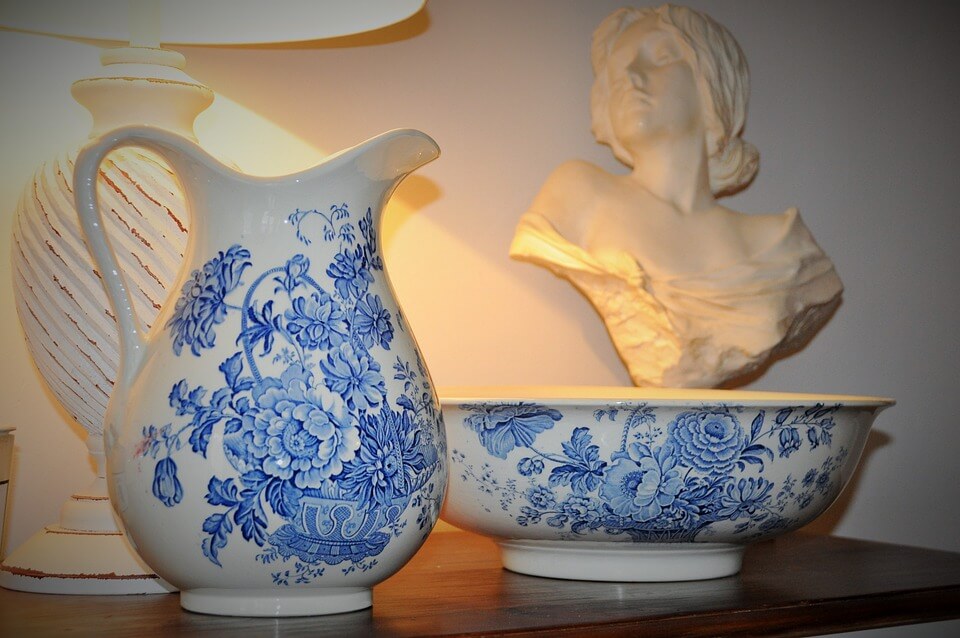
2. Check for Whiteness
Manufacturers add bone ash in the manufacturing process of bone china. The high proportion of bone ash makes it distinctive whiteness, while porcelain can have a more grayish or ivory tint.
A high ash proportion gives bone china milky white color, whereas a lower amount of bone ash will result in a yellow-white color.
Due to technological development, some manufacturers may intentionally make their porcelain whiter. So you can’t rely on whiteness alone to identify bone china accurately.
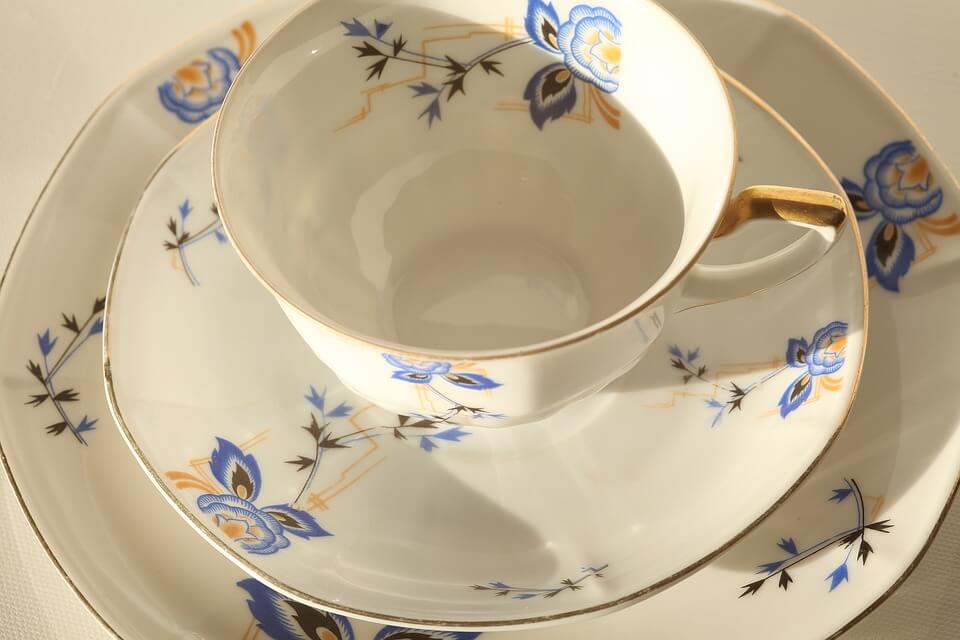
3. Check the Weight
The bone ash proportion in bone china increases its whiteness and makes it significantly lighter than other kinds of porcelain.
When attempting to identify bone china, you should also consider its weight. Bone china is notably lighter than porcelain due to its use of bone ash.
Compared to other ceramics, bone china feels lighter in hand and appears more delicate. Bone china is durable because it includes at least 30% bone ash.
Thus, assessing the item’s weight can help determine whether it is bone china.
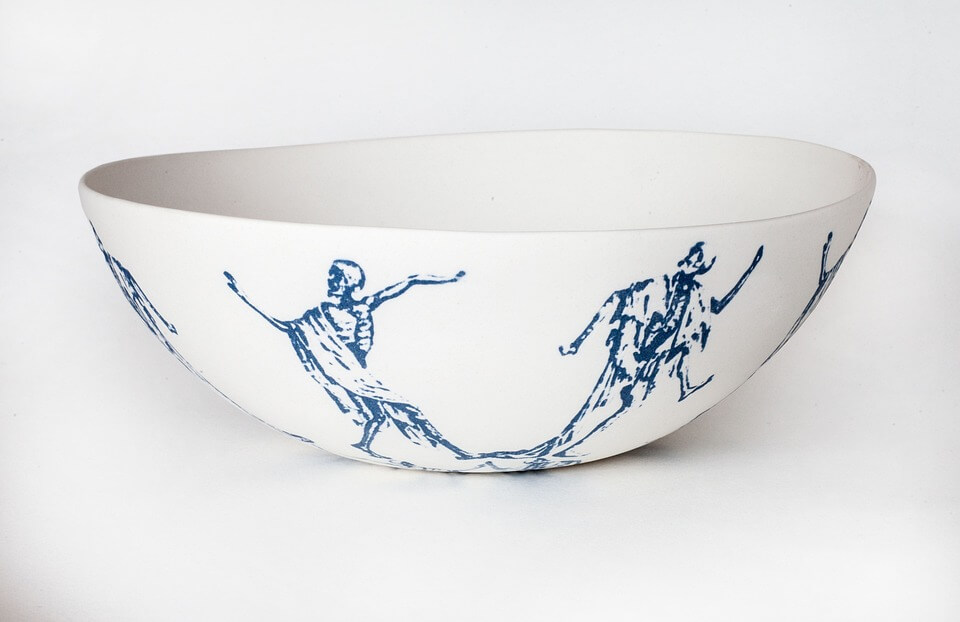
4. Examine the Surface
You can also examine the item’s surface to determine whether it is genius bone china. Bone china has a smooth, glass-like surface.
As artisans tend to hand-make an item of bone china, its surface is usually free of bumps or scratches. You can sense a soft and silky feeling when you move your fingertips around the surface.
The surface of bone china should also be free of cracks, crazing, and other imperfections. If the surface is dull or porous, it’s likely not bone china.
However, it’s important to note that some pieces of bone china may have a matte area as part of their design.
Before deciding whether an item of bone china is fake or not, you should always check the original design and then make comparisons.

5. Look for a Stamp or Mark
I recommend looking for a stamp or mark if you want more solid evidence to identify a bone china item.
One way to identify bone china is to flip it over and look for a stamp or mark on the bottom of the piece. It may include the manufacturer’s name or logo and the words “bone china” or “fine china.”
Some manufacturers may also include a pattern number or design name on the stamp or mark.
However, not all bone china will have a stamp or mark, as some older pieces may have worn off over time. Additionally, not all marks indicate bone china. You sometimes can only find information about the manufacturer.
Overall, checking for a stamp or mark can be a helpful way to identify bone china, but you should combine it with other determining factors such as translucency, whiteness, and weight.
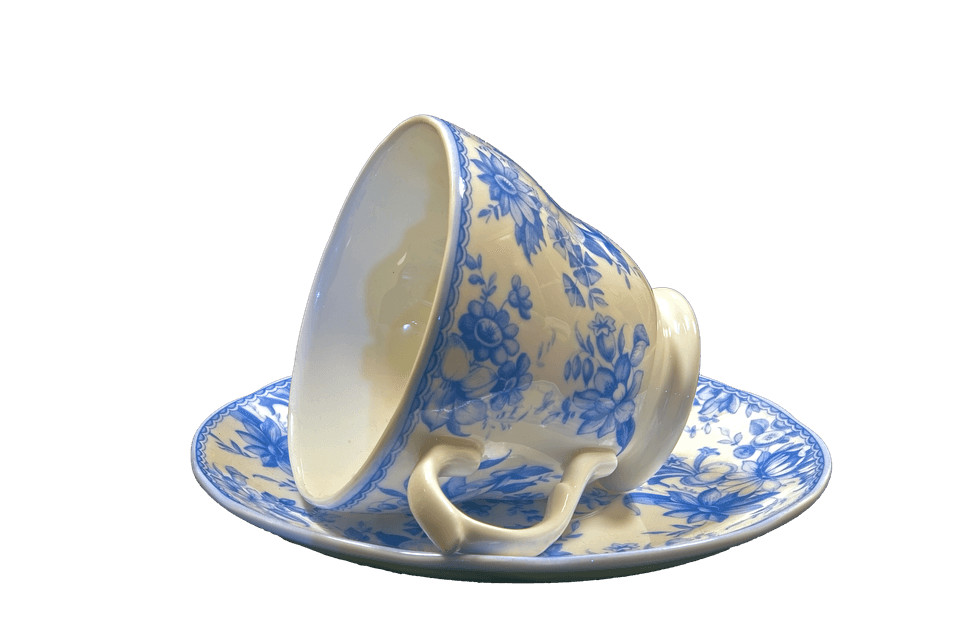
6. Do a Sound Test
You can also check the authenticity of a bone china item by checking its sound.
You can gently knock two items and listen to the sound they make. It seems a bit weird, right? Let me explain more to you.
Bone china will make a clear “clang sound” like a ringing bell. That sound lasts for several seconds as you can hear the echo. Whereas other types of ceramics will create a “ding sound.” It is duller and shorter because there is no echo.
You can explain that phenomenon due to the high translucency of bone china, which reflects sound waves in a different way.
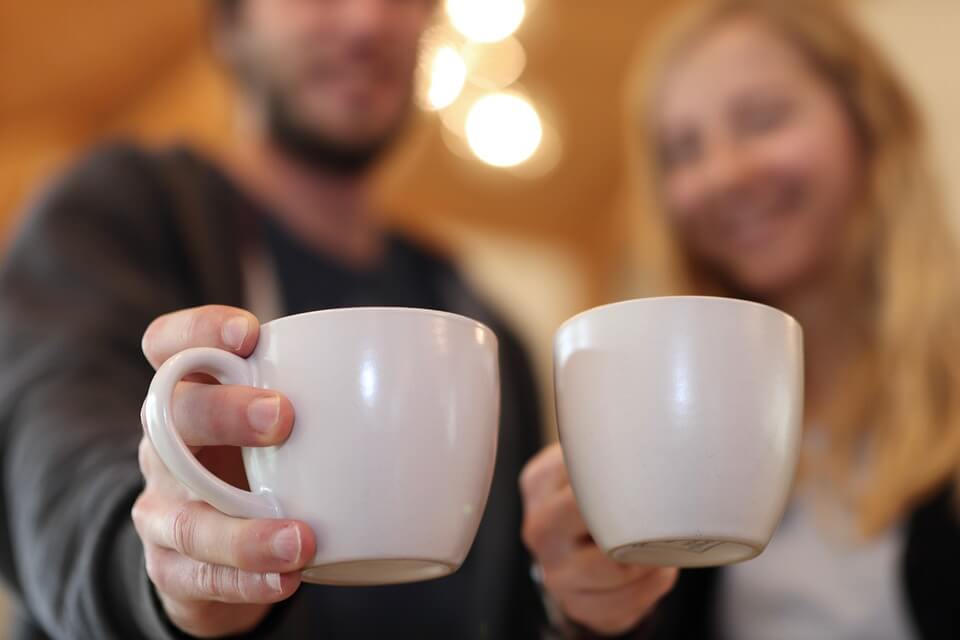
7. Check the Price
Bone china has a higher price than porcelain or other types of ceramics.
Bone china is more expensive than porcelain due to the use of high-quality materials and the high level of craftsmanship. The complicated production helps to increase its translucency and durability.
However, you should also have a look at the percentage of bone ash in the product before determining its value.
The item containing a higher rate of bone ash will be less brittle and more durable. Therefore, it will be more expensive than the lower ones.
8. Check the Origin
When identifying bone china, it’s important to check the item’s origin and the manufacturer’s reputation.
Bone china made in other countries may not be of the same quality as bone china made in England which has a long history of producing china.
In A Nutshell
Now, you know how to tell if bone china is real. By examining the translucency, whiteness, weight, surface, and sound of a piece, as well as looking for markings and its origin, you can distinguish real bone china from other types of porcelain.
Knowing whether a bone china item is authentic helps you make informed purchasing decisions and avoid being deceived by knockoffs.

